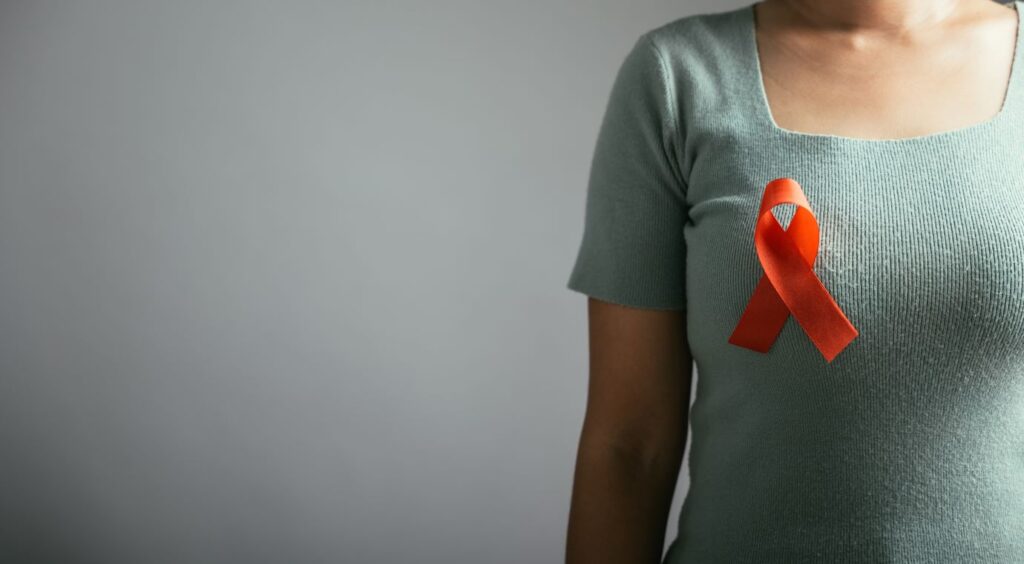In Australia, we mark World AIDS Day amid tremendous hope and progress. Among gay and bisexual men in places like inner city Sydney, we have seen the astonishing achievement of virtual elimination of transmission. This was unthinkable in the early days of the epidemic.
However, we must not forget HIV is an enduring struggle for tens of millions of our global family. As someone who has called both Australia and Papua New Guinea home, I’ve witnessed firsthand how HIV continues to shape the lives of women and girls in our region. The stark reality is that in Papua New Guinea, more than half – 56 per cent – of new HIV infections are among women, with 45 per cent of these infections in young women aged 15 to 29.
These are mothers, daughters, and sisters whose lives are fundamentally altered by a preventable disease that brings with it a wildly unfair burden of stigma. The challenges these women face are happening right on Australia’s doorstep.
As Chair of the Board of the Global Fund to Fight AIDS, Tuberculosis and Malaria, I’ve seen how innovation and investment in HIV prevention can transform lives. We’re at a crucial moment where new technologies, particularly designed for women, are becoming available. The dapivirine vaginal ring, recently introduced in several countries, is revolutionary – it puts HIV prevention directly in women’s hands. This monthly ring represents something profound: women’s autonomy over their health. We are also excited to see positive clinical trial results for long-lasting injectable lenacapavir for HIV pre-exposure prophylaxis which promises to be a gamechanger for HIV prevention.
In our broader region, HIV demands vigilance and commitment. Asia Pacific sees a quarter of the world’s new HIV infections annually. Even more concerning, HIV incidence is growing in several countries, including Bangladesh, Fiji, Lao PDR, Papua New Guinea and the Philippines. As of late 2023, a person newly acquires HIV in the Asia Pacific region every two minutes. This is unacceptable.
But there’s hope. Through the Global Fund’s partnership, we’re seeing remarkable progress. In Cambodia, for instance, HIV prevalence among female sex workers has dropped from 40 per cent to 4.9 per cent over the last two decades. This shows what’s possible with targeted, community-led responses that put women at the centre.
We’re making significant investments – US$2.2 billion in the Indo-Pacific region for 2024-2026 – but the challenge requires more than money. It requires understanding that women’s rights and health are intrinsically linked.
This is where Australian women can make a difference. Your voice, your awareness, and your support matter. In countries where the Global Fund invests, 84 per cent of mothers now receive treatment to prevent HIV transmission to their babies – up from 49 per cent in 2010. These gains are fragile and need sustained support.
As we mark World AIDS Day, I ask Australian women to consider their sisters in the region. HIV prevention isn’t just a health issue – it’s about women’s rights, economic empowerment, and regional stability. We have the tools and knowledge to prevent HIV infections among women and girls. What we need now is the collective will to make it happen.
The solutions exist – from PrEP rings to community-led testing programs. But these tools only work if they reach the women who need them most. This World AIDS Day, let’s commit to supporting HIV prevention programs that put power in women’s hands. Our region’s future depends on it and we should stop at nothing to achieve it.

